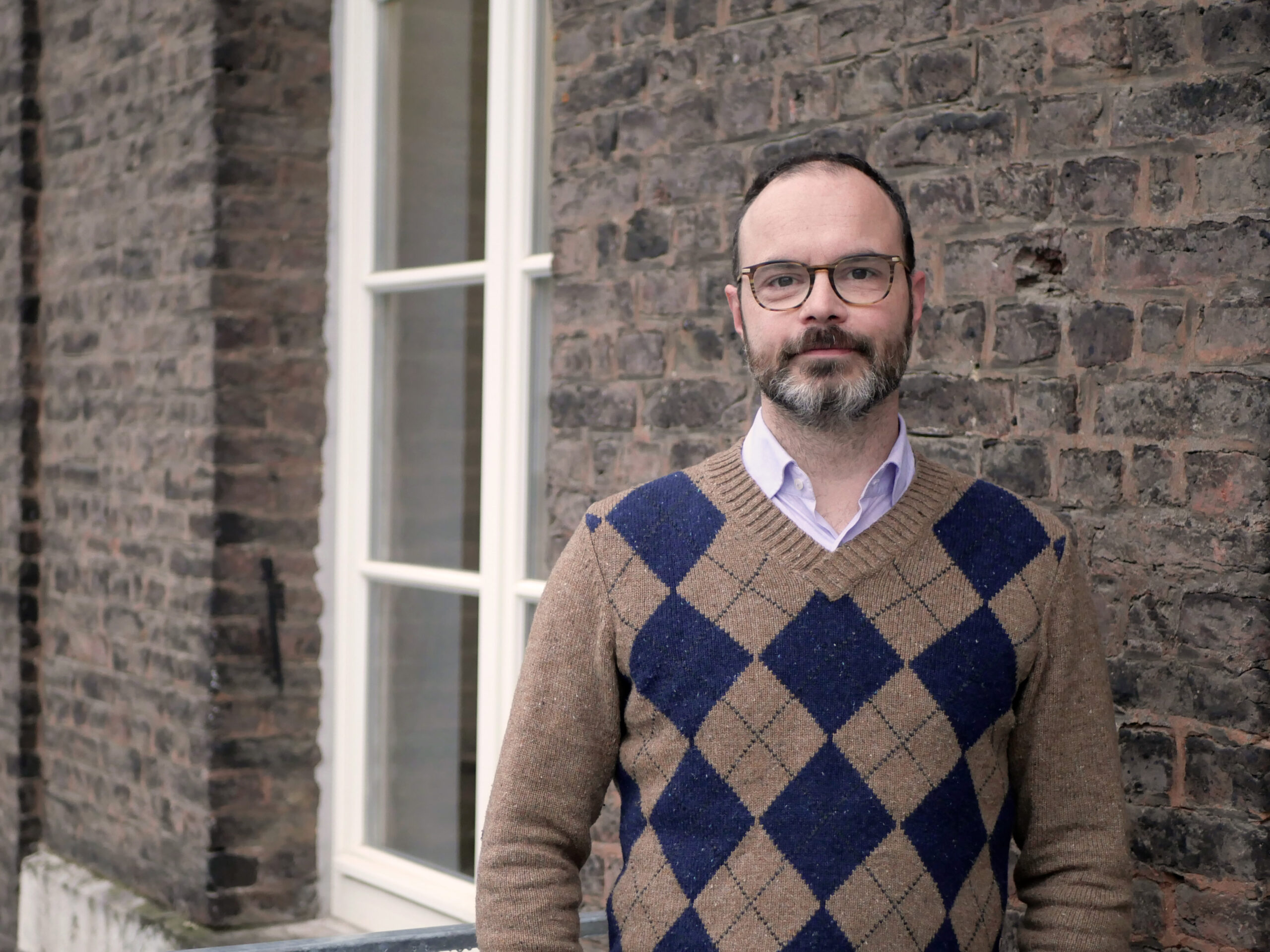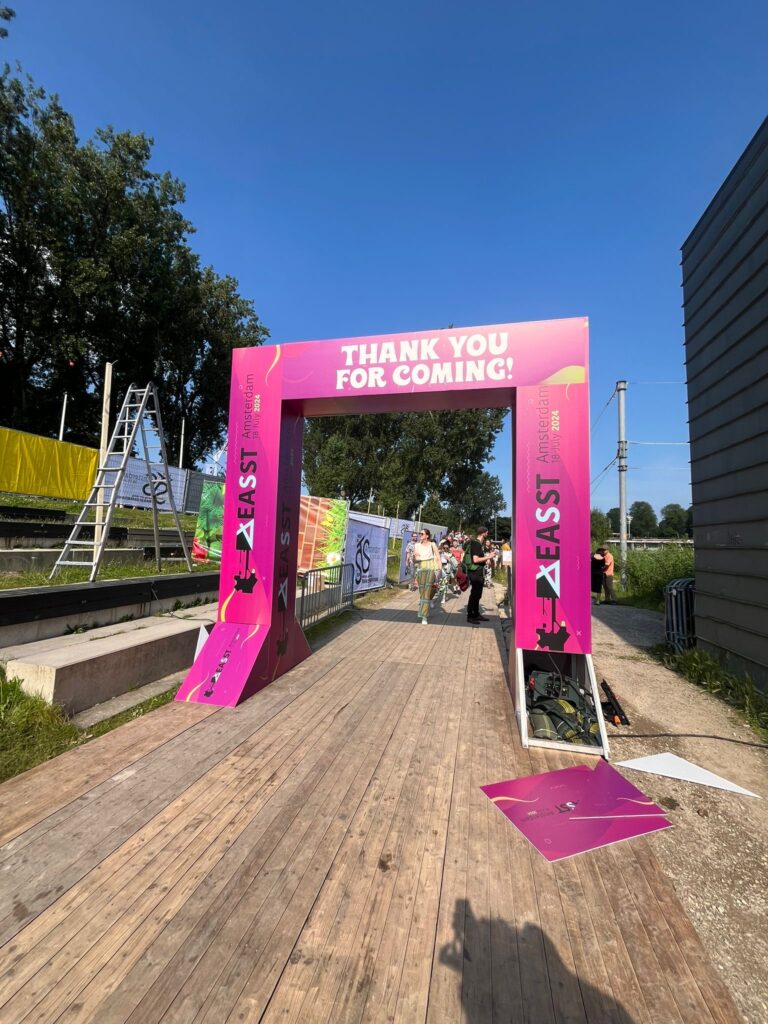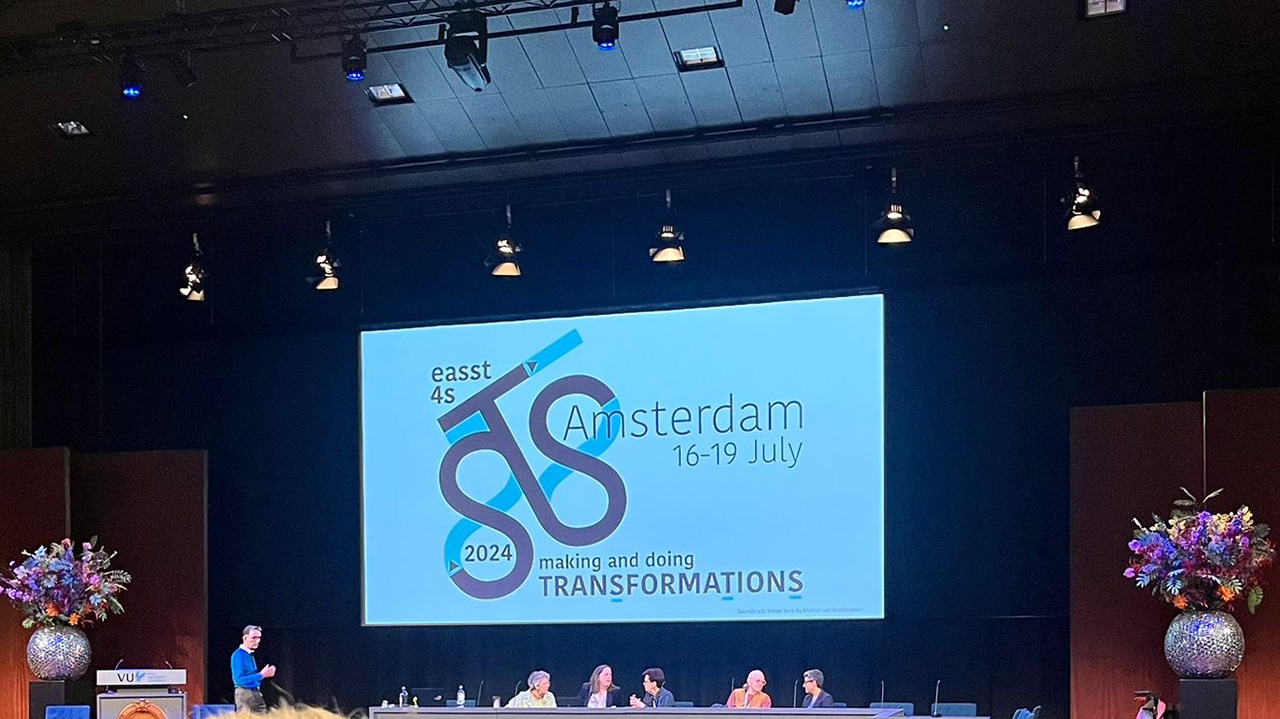BART PENDERS
Social studies of science, or science and technology by any other name, may sometimes feel like a small field in which one knows, or knows of, the relevant players on a global level. Attending the combined conference of both the European Association for the Study of Science and Technology (EASST) and the Society for the Social Studies of Science (4S) then becomes a humbling experience. With over 4100 attendees over the course of the conference, this year’s edition in Amsterdam may have been the biggest ever. The scale of these events is always impressive and without exception displays the holes in one’s overview of the community.

Bart Penders
Bart Penders investigates moral, social and technical plurality in research integrity, scientific reform and forms of collaboration across a variety of scientific specializations. He currently holds a position as Associate Professor in ‘Biomedicine and Society’ at Maastricht University.
On the upside, that means that there are new worlds in STS to uncover and engage with, without a real upper limit. The absence of these upper limits is overwhelming and daunting though. Consider, for instance, that EASST4S2024 had 10 timeslots for parallel sessions in which each timeslot offers a choice between 50 and 60 parallel sessions. That gives every attendee over 97 quadrillion potential sets of panels to go to and has given rise to the custom of not asking fellow attendees How is the conference so far? but instead How is your conference so far?
Thematically and conceptually, STS is difficult to pin down. EASST4S2024 saw whole collections of sessions on AI and society, participatory approaches to science policy and practice, critical engagement with open science and various panels on psychedelics, music and sound, and so much more. But it never is just talk – experiments with different forms of conferencing have, over the years, created alternative panel forms that included this year, ranging from cooking workshops, to a whole selection of movies.
The diversity of a conference this scale cannot be summarized. Every attempt is destined to fail. However, there are elements that are worth mentioning to me – as the core of my route through the conference and a few that are more plenary, more shared, more collective – snippets of a joint experience.
Let’s start with the shared experience – that of judicious connections between scholars with shared interests; the joy of meeting people you haven’t met in a while but with whom you share academic pasts and those whom you never met but with whom you may share academic futures. Next to the many plural elements of the conference, there is a number of plenary events for all to share. The scale of the conference did make some of that sharing materially difficult: the largest room at the Free University Amsterdam, which hosted the conference, could only seat roughly a quarter of all attendees. Plenaries were streamed to a number of the conference rooms, where plenary sessions became large-screen televised events.

One of the key questions of the first plenary was How does STS translate into policy? One of the speakers was Dr. Alondra Nelson who had served as scientific advisor in the Biden administration and conveyed a twofold message: first, there is a lot STS has to offer policy. The contested themes of our day are where STS excels and we need not be overly afraid of some instrumentalization of science in policy. Second, in contrast though – policy advice does not always leave time for empirical or conceptual labor to underpin it. What we need, Nelson argued, was a certain Science and Technology Intuition, a reservoir of generic tacit skill and knowledge we can tap from. Uncomfortable, imprecise, but powerful. Brice Laurent expanded on this argument by highlighting that we need to transcend a dualist frame in which science is separate from (the issues of) daily life. Our daily lives are penetrated by science to such an extent that we cannot, and should not separate them and any culture war that seeks to achieve this inevitably will come undone.
Massive conferences also come with honors: people who are remembered for their achievements (a plenary dedicated to the work of Adele Clarke) and those who are awarded for their achievements. The list of prizes both societies grant together is very long, but one worth point out in the duo that received the 2024 Bernal Prize: Dutch anthropologist Annemarie Mol and US critical informatics scholar Geoffrey Bowker.

The infrastructure of conferences this scale turns it, in many ways, into an academic festival with the ability to taste and enjoy the various fruits the community has on offer. This analogy was not lost on the conference organizers, who chose to not host a traditional conference dinner but rather organize a genuine “Forest Festival” in the Amsterdamse Bos. Next to the various flavors a global academic community has on offer, we were treated to quite literal global flavors under a pleasant sun.

On a more individual note, I managed to attend a plethora of sessions diving into the credibility of scientific collaboration, the role of replication in science and what perspectives STS has to offer, how reforms in science happen under conditions of uncertainty and how science corrects itself – or not. I organized some of them, spoke in some of them, and engaged with speakers in others. I asked and was asked regularly Have you written about that? and more often than not, the answer was no. In isolation, that no may be disappointing, but on a more structural level it displays the many unexplored and underexplored paths and potential futures STS conferences offer. As every STS mega-conference does, it has left me exhausted but intellectually revigorated. To be overwhelmed is not always a bad thing, but it sure is impressive every time.

Photos by Ana María Guzmán Olmos



